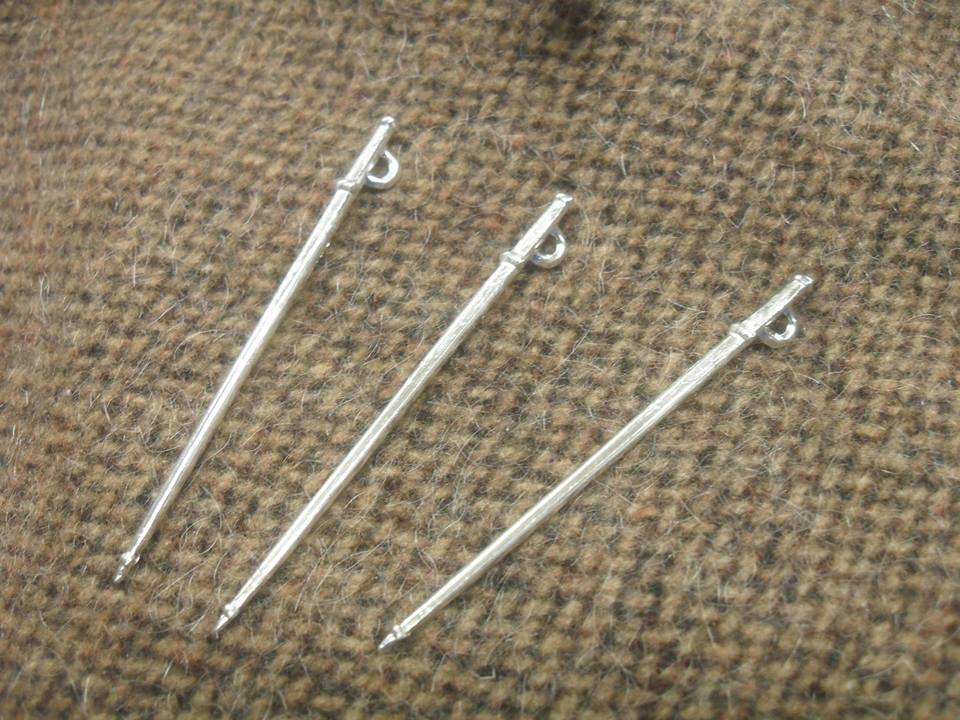- Time of past OR future Camino
- CF: April/May 2018. CF Aug/Sep 2018. CF May/June 2019.
CF: Aug/Sep 2019, CF: Aug/Sep 2020
Hi everyone.
I have recently come across this very old oak carving of what I believe to be St James, aka Santiago.
And am particularly intrigued by the scallop shell and crossed daggers (?) on his cloak.
Is this an ancient pilgrim emblem ?
Does this possibly date back to the Middle Ages when of course pilgrims needed to protect themselves from attack ?
The paradox I'm struggling with here is the artistic rendition of a Christian Saint so openly displaying potentially lethal weapons...?
Maybe in centuries passed this was acceptable, maybe even the norm..
But any assistance in helping me understand this old masterpiece would be very welcome.
Thanks !

I have recently come across this very old oak carving of what I believe to be St James, aka Santiago.
And am particularly intrigued by the scallop shell and crossed daggers (?) on his cloak.
Is this an ancient pilgrim emblem ?
Does this possibly date back to the Middle Ages when of course pilgrims needed to protect themselves from attack ?
The paradox I'm struggling with here is the artistic rendition of a Christian Saint so openly displaying potentially lethal weapons...?
Maybe in centuries passed this was acceptable, maybe even the norm..
But any assistance in helping me understand this old masterpiece would be very welcome.
Thanks !





































